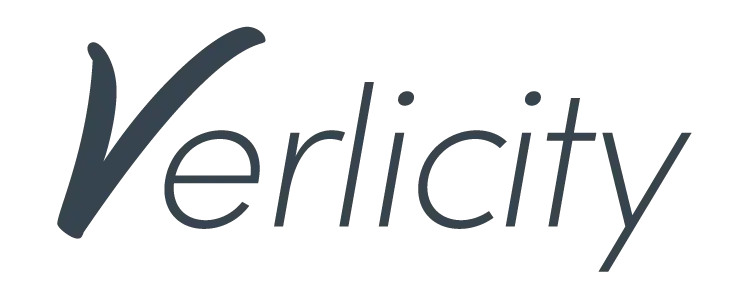We’re on the verge of the Personal AI Revolution, a future where you’re not just a user of AI, but the architect of your own powerful, personalized AI systems. If your current experience with Artificial Intelligence is mostly chatting with a bot or drafting an email, get ready for a seismic shift.
This Personal AI Revolution isn’t about complex coding or massive corporate projects. It’s about everyday individuals creatively combining accessible AI tools to transform how they work and live.
While early computing involved large, centralized mainframes, the real power was unleashed when personal computers landed on our desks. AI is on a similar trajectory, moving beyond big tech’s control and into your hands. It’s time to look past simple AI interactions and embrace the concept of AI Stacks.
What’s an AI Stack, and How Is It Different from an AI Agent?
Many of us are hearing about AI Agents – systems designed to autonomously perform tasks for you, like a personal assistant that might book your entire holiday from start to finish. That’s powerful, but the Personal AI Revolution is fundamentally about something more customizable and user-driven: the AI Stack.
Think of an AI Stack as your personal set of AI Lego bricks.
When you buy a Lego set from a toy store, you don’t have to build the scene depicted on the front of the box. You can build anything you want with the Lego bricks.
An AI Stack works the same way. The “bricks” fit together in any order you want.
Your AI Stack might have “bricks” that perform various tasks:
- A “text generation” brick (like Gemini, ChatGPT or Claude)
- A “data analysis” brick
- An “email automation” brick
- A “cloud storage” brick (like Google Drive or Dropbox)
- And many more specialized AI tools.
The magic happens when you decide how to connect these bricks. Instead of a pre-built AI Agent designed for a specific purpose, an AI Stack is something you assemble and customize to meet your unique needs and workflows.
You’re not just using a tool; you’re building your own tool, piece by piece. The AI Stack you create might end up performing a complete function similar to an AI Agent, but it’s a system you designed yourself, tailored perfectly to your requirements.
Empowerment Through Creation: Moving Beyond Basic AI Use
If you’ve been using AI for chatbots or composing emails, you’re already familiar with some of the “bricks.” The Personal AI Revolution is about empowering you to take the next step – to become an “orchestrator” of these tools.
Example:
Imagine you’re a property developer. You could load zoning laws, property documents, and neighborhood photos into Google Drive. Then, using an AI tool like Gemini integrated with your Workspace, you could have it analyze all that data and generate a compliant project proposal.
That’s a simple AI Stack: Google Drive + Gemini. But you could then add another “brick” – an AI agent that explores the sales potential of different development plans, or one that researches potential government grants for your project.
When you work with an AI Stack, you’re building a system perfectly suited to your needs, without needing to be a software developer.
This isn’t science fiction; it’s happening now. You can start small.
For instance, let’s say you have a project (called Project X):
- Gather your “Lego Bricks”: Create a folder in Google Drive for a specific project (e.g., “Project X Meeting Notes”) and upload all relevant documents, PDFs, even voice recordings.
- In Gmail, search for all the emails related to Project X and label all emails related to “Project X.”
- Activate your AI Power: Go into Gemini and turn on access to with Google Workspace to your Google Drive and Gmail.
- Instruct your Stack: Type a query like: “Scan all files in my ‘Project X Meeting Notes’ folder and all emails labeled ‘Project X.’ Create a one-page report with key decisions, action items (including the assignee and deadline), and unresolved questions.”
- Refine and Deploy: Ask the AI to tweak the report (e.g., “Make the action items a table and bold the priorities.”).
- Connect to your Team: Then, instruct it to email the report to your team and save it to Drive.
In minutes, you’ve built a simple AI Stack that automates a task, moving far beyond a simple chat interaction. This stack can keep working for you, updating reports as new information comes in. You could set it up to run weekly and update your team as the project progresses.
The Future is Building, Not just Using
The tools to build these AI Stacks are rapidly becoming more accessible.
Companies like Google and Microsoft are creating ecosystems where their AI can seamlessly interact with your documents, emails, and calendars. Beyond these integrated suites, “AI Orchestration Platforms” are emerging to help connect different AI tools, even if they weren’t initially designed to work together.
Excitingly, new protocols are being developed that will allow different AI Agents to “talk” to each other directly, making stack-building even easier by removing the need for users to grapple with complex APIs (Application Programming Interfaces). The old way of needing software developers to connect systems is fading quickly.
This Personal AI Revolution is about democratizing powerful technology. It’s about enabling you, the individual, to achieve levels of efficiency and creativity previously unimaginable. You don’t need to be a coder to participate; you need to be curious and willing to experiment with combining the AI “Lego bricks” available to you.
The most transformative uses of AI won’t necessarily come from giant corporations; they will emerge from the needs and creativity of individuals like you, building personalized AI Stacks to solve unique problems and pursue passions. The power is shifting, and you are becoming the director of your own AI-powered workflows.
Look beyond the chatbot. Start thinking about your AI Stack and join the Personal AI Revolution.











